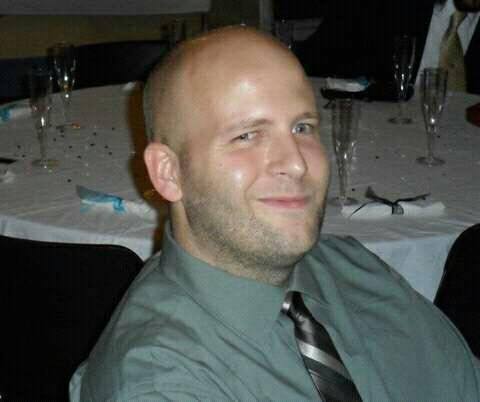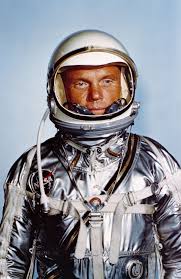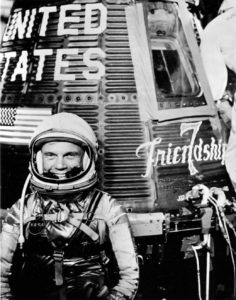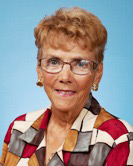Josh Griffis died yesterday.
While working at the Pulmonary Hypertension Association for more than a decade and a half, I observed that one of two things generally happens when people get a serious and incurable illness. They are either destroyed or they become heroes.
Josh was one of the heroes.
I first heard about him when he had taken on leadership of PHA’s Omaha support group. Our staffer who worked with him, Debbie Drell, told me how the group was growing and how he was reaching out to the larger support group network to learn and to help.
Shortly after that Josh’s name came up again. PHA was having a hard time engaging young patients. Josh and several other became part of an advisory – and later leadership – group that defined Generation Hope. PHA’s program for patients in their 20’s and 30’s quickly became wildly successful. The model he helped develop was later used to build seven more special (hard to reach) population groups within our community.
When one of Debbie’s staff left, Josh applied. We knew hiring him would not be easy. Besides his pulmonary hypertension, Josh had a second illness…so rare that it was unnamed…one that caused aneurisms to develop in his body.
We did hire Josh – and never regretted it. He was deeply respected by PHA’s support group leader network and his fellow staff and fully committed to helping other patients and their families.
One evening, Josh and I were talking about the days before we met and he told me that he had gone to Europe and lived in a monastery for six months, so that he could study their texts in the original language. I realized that, while PH shifted the path of Josh’s life journey, he did not let it change who he was…a bright, intense and committed human being.
Over time, it became clear to Josh and his doctors that the same medicines that were keeping his PH at bay were accelerating the progression of his unnamed disease.
He came to my office to tell me he had made a decision.
Continue reading “Joshua Griffis: an appreciation”





